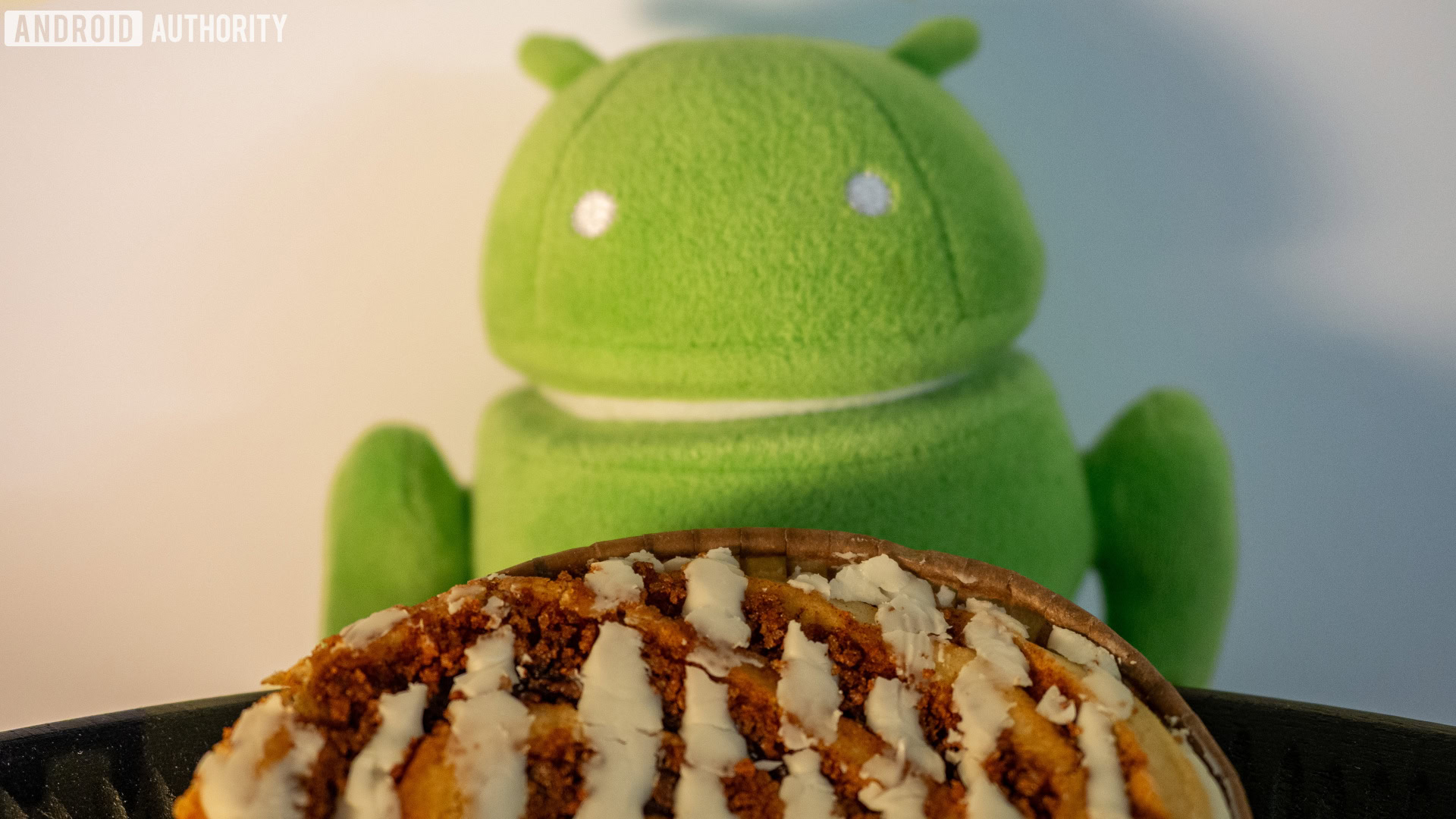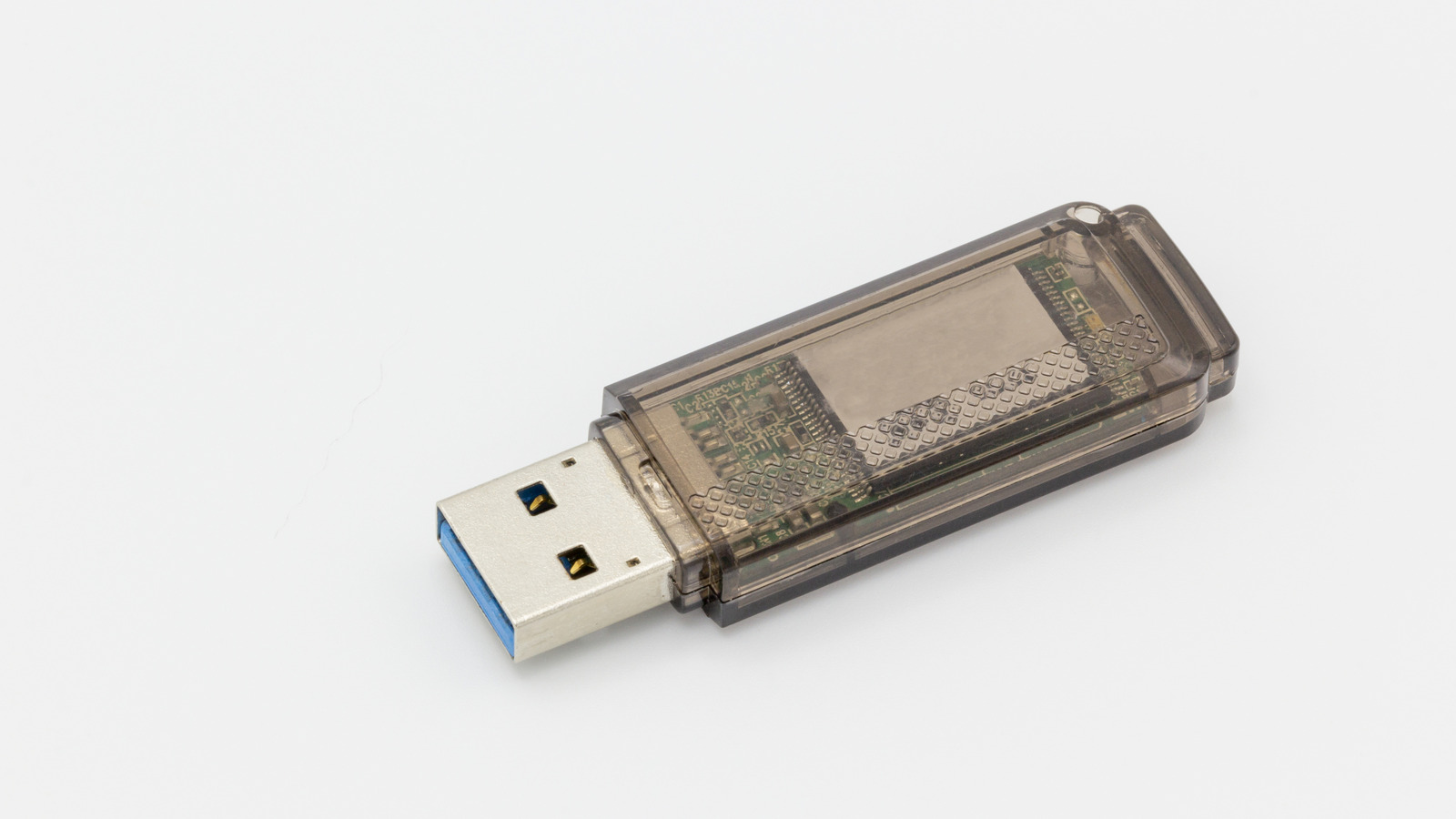Rita El Khoury / Android Authority
For most of Android’s history, Google publicly referred to each release by a version number and a codename. Traditionally, the codename was a dessert like Marshmallow, Jelly Bean, or Froyo. With the release of Android 10 in 2019, however, Google ended this public practice to make its branding more globally accessible. Internally, though, the company’s developers kept the sweet tradition alive. Following that tradition, Google’s developers have recently decided on the dessert codename for Android 17 — and it’s not what any of you guessed.
You’re reading the Authority Insights Newsletter, a weekly newsletter that reveals some new facet of Android that hasn’t been reported on anywhere else. If you’re looking for the latest scoops, the hottest leaks, and breaking news on Google’s Android operating system and other mobile tech topics, then we’ve got you covered.
Subscribe here to get this post delivered to your email inbox every Saturday.
Google surprised many last year by choosing “Baklava” as the dessert codename for Android 16. Since the codename for Android 15 was “Vanilla Ice Cream,” most people expected the next version to follow the alphabetical tradition with a dessert starting with the letter “W.”
| Android Version Number | Dessert Codename | Year of Release |
|---|---|---|
| Android Version Number
1.0 |
Dessert Codename
No codename |
Year of Release
2008 |
| Android Version Number
1.1 |
Dessert Codename
Petit Four (internal) |
Year of Release
2009 |
| Android Version Number
1.5 |
Dessert Codename
Cupcake |
Year of Release
2009 |
| Android Version Number
1.6 |
Dessert Codename
Donut |
Year of Release
2009 |
| Android Version Number
2.0, 2.1 |
Dessert Codename
Éclair |
Year of Release
2009 |
| Android Version Number
2.2 |
Dessert Codename
Froyo |
Year of Release
2010 |
| Android Version Number
2.3 |
Dessert Codename
Gingerbread |
Year of Release
2010 |
| Android Version Number
3 |
Dessert Codename
Honeycomb |
Year of Release
2011 |
| Android Version Number
4 |
Dessert Codename
Ice Cream Sandwich |
Year of Release
2011 |
| Android Version Number
4.1, 4.2, 4.3 |
Dessert Codename
Jelly Bean |
Year of Release
2012 |
| Android Version Number
4.4 |
Dessert Codename
KitKat |
Year of Release
2013 |
| Android Version Number
5.0, 5.1 |
Dessert Codename
Lollipop |
Year of Release
2014 |
| Android Version Number
6 |
Dessert Codename
Marshmallow |
Year of Release
2015 |
| Android Version Number
7.0, 7.1 |
Dessert Codename
Nougat |
Year of Release
2016 |
| Android Version Number
8.0, 8.1 |
Dessert Codename
Oreo |
Year of Release
2017 |
| Android Version Number
9 |
Dessert Codename
Pie |
Year of Release
2018 |
| Android Version Number
10 |
Dessert Codename
Quince Tart (internal) |
Year of Release
2019 |
| Android Version Number
11 |
Dessert Codename
Red Velvet Cake (internal) |
Year of Release
2020 |
| Android Version Number
12, 12L |
Dessert Codename
Snow Cone (internal) |
Year of Release
2021 |
| Android Version Number
13 |
Dessert Codename
Tiramisu (internal) |
Year of Release
2022 |
| Android Version Number
14 |
Dessert Codename
Upside Down Cake (internal) |
Year of Release
2023 |
| Android Version Number
15 |
Dessert Codename
Vanilla Ice Cream (internal) |
Year of Release
2024 |
| Android Version Number
16 |
Dessert Codename
Baklava (internal) |
Year of Release
2025 |
Google broke this years-long pattern to reflect major changes to its development practices under the new “Trunk Stable” project. This project shifts Android development to a trunk-based model, where all work occurs in a single, main internal code branch that must always remain stable. New features, APIs, and bug fixes are developed behind “feature flags” that keep them disabled until they’re ready for launch. In contrast, Google previously used a branch-based model, which often created significant problems when merging new release branches back into the main one.
The first Android version released after Google completed its migration to trunk-based development was Android 14 QPR2. To mark this change, Google reset its build ID scheme. The IDs for Android 14 QPR2 and QPR3 builds were prefaced with “AP1A” and “AP2A,” respectively. The company used the letter “A” because 2024 was the first year Google released Trunk Stable builds, while the “P1A” and “P2A” reflected that Android 14 QPR2 and QPR3 were respectively the first and second platform releases of the year. When the calendar turned to 2025, Google advanced the letter to “B,” which is why Android 16’s codename was a dessert that started with B.
Following this pattern, you’d be right to guess that Android 17’s dessert codename will start with the letter “C.” The problem is the sheer number of desserts that start with C. We can immediately rule out “Cupcake,” since Google already used it for Android 1.5, but that still leaves dozens of choices. When we polled our readers on the topic, we presented eight popular options, and they floated seven more in the comments.
However, none of these were correct, as Google has decided on “Cinnamon Bun” as the dessert codename for Android 17! A cinnamon bun — also called a cinnamon roll or swirl — is a sweet, baked pastry made of rolled dough filled with a cinnamon-sugar mixture and often topped with glaze or icing. It’s a popular dessert in northern Europe and North America, with several well-known chains specializing in its creation.

Rita El Khoury / Android Authority
Although we don’t have any public sources that mention “Cinnamon Bun” as Android 17’s codename, we are confident this is the name. A trusted source within Google shared evidence with us that clearly shows the company using “CinnamonBun” as the internal codename for API level 37.0.
The API level is a number that uniquely identifies a specific Android version and its set of core APIs. Each Android version has a distinct API level; for example, Android 15 is API level 35.0, and Android 16 is 36.0. Hence, we can assume that API level 37.0 will refer to Android 17, unless Google suddenly decides to drop numbers from its versioning entirely — which seems unlikely.
Ultimately, the dessert codename doesn’t matter. It won’t appear in most of Google’s marketing next year, though the company may still erect a new Android statue on its campus that references it. You’ll likely see “Android CinnamonBun” appear under the “Android version” field in early beta releases, but this will be replaced with “Android 17” once the OS reaches platform stability.
Still, we know that many of you have been wondering what dessert codename Google has cooked up for Android 17, so we thought it would be fun to reveal it in the inaugural edition of the Authority Insights Newsletter.
If you’re wondering when Android 17 will launch, we expect it to land around June 2026. As we’ve noted before, Google pushed up Android 16’s release date to enable summer device launches to ship with the latest OS. There’s no reason to think Google won’t stick with this accelerated schedule next year. Still, plans can change, and if they do, I’ll report on them in a future edition of this newsletter.
P.S. That awesome photo of a cinnamon bun surrounded by Android pins was taken by my colleague Rita El Khoury, who went on a bit of an adventure to get it. After picking it up at a Starbucks, it traveled with her on a train, crossed a highway, and rested on a fence before she acquired proper protection for it. When I asked her how it tasted, she told me that she “had a sugar rush crash” after eating it. Cinnamon buns will do that to you.
Want more?
Authority Insights is more than a newsletter — it’s the hub for all our best content. If you care about Android, you won’t want to miss any of our other exclusive reports.
Don’t have time to read them all? Subscribe to our Authority Insights Podcast to hear me and my co-host, C. Scott Brown, break down our top stories of the week.
This week’s top Authority Insights
- Coming to Android soon…
- Gemini is getting some big upgrades…
- Gboard is getting a UI refresh, plus some fun new features…
- And in other Google app news…
Other top stories
Thank you for being part of our community. Read our Comment Policy before posting.








